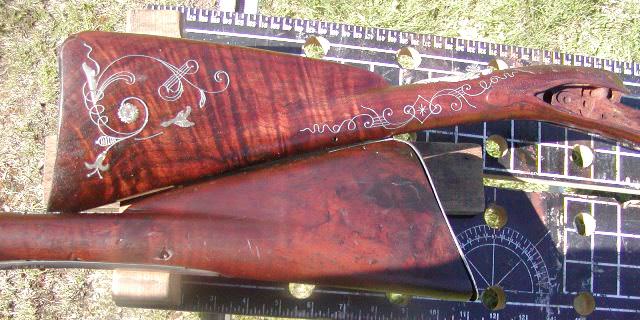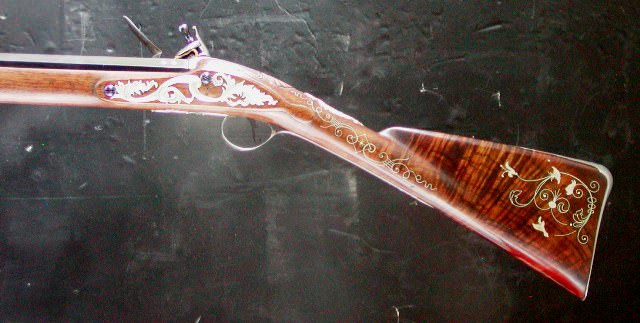- Joined
- May 6, 2014
- Messages
- 17,458
- Reaction score
- 16,519
I already have a big jug of 100% pure tung oil. It's my favorite finish on the drums that I build.
I was debating using it since I already have it.
Also, the stock I am working with is American Walnut. I am also debating staining it a little darker first.
I think I should maybe just keep it natural. I always liked wood to be it's natural color in my other projects.
Picture attached just to show some of the other stuff I have built.
View attachment 73211View attachment 73212
Wow! Well paradiddle my flamacue! Lovely instruments there!! Bet you get a very nice sound out of the wood shells.
First of all, there IS a huge difference in what oils to use on gun stocks. They already knew it well by the first part of the 18th century, as they had most finishes then that we have today -except of course for epoxy finishes.
Basic oils alone were/are OK for indoor furniture as they are not subjected to rain or snow, salt water and especially not to strong sunlight for extended periods that can dry out a stock and allow it to crack easily. The latter is the reason why generations of G.I.'s were doomed to continually rubbing coats of Linseed oil on stocks and yes, I did as well in my early years in the Marine Corps.
The U.S. Park Service has some excellent info on finishes and show raw and most MODERN Boiled Linseed Oils (BLO) barely wave at water vapor going in and out of the stock through these finishes, but it does help against drying too much a little bit - as these oils never completely dry out for many, many decades. (A reason why linseed oil was used in the paint of the Great Masters, or else the paint would have dried and flaked off decades ago.) A THIN coat of wax over top of such finishes does much more to stop too much water vapor passing through oil finishes and they used beeswax for that from the 17th century onwards.
However, in the 18th century they recognized the best finishes were REAL Boiled Linseed Oil (which was heated, though not actually "boiled") with driers added and even better - Oil Varnish finishes. These finishes were heated to partially polymerize the oil, though they didn't know the chemistry behind it.
Gus


















